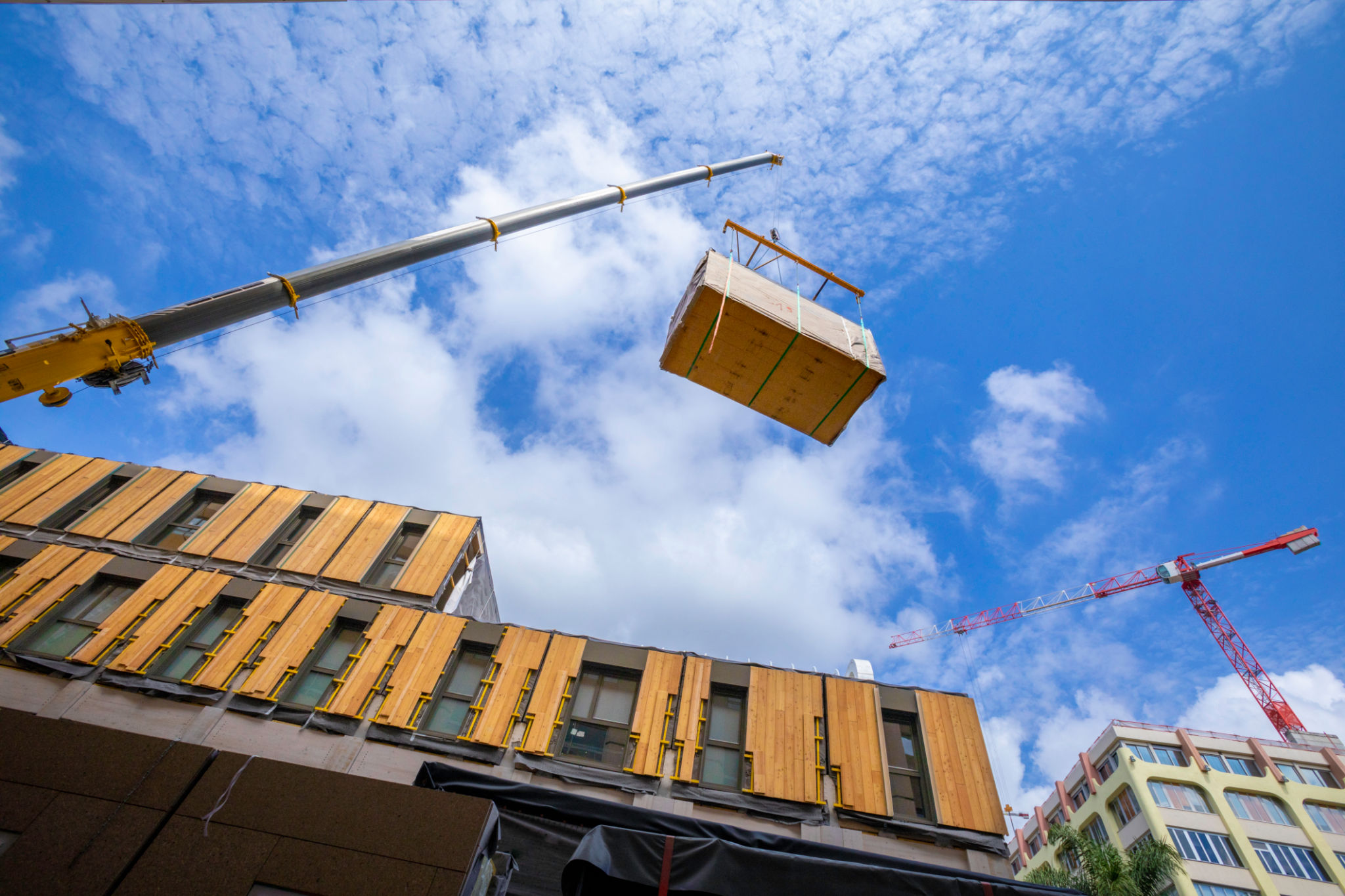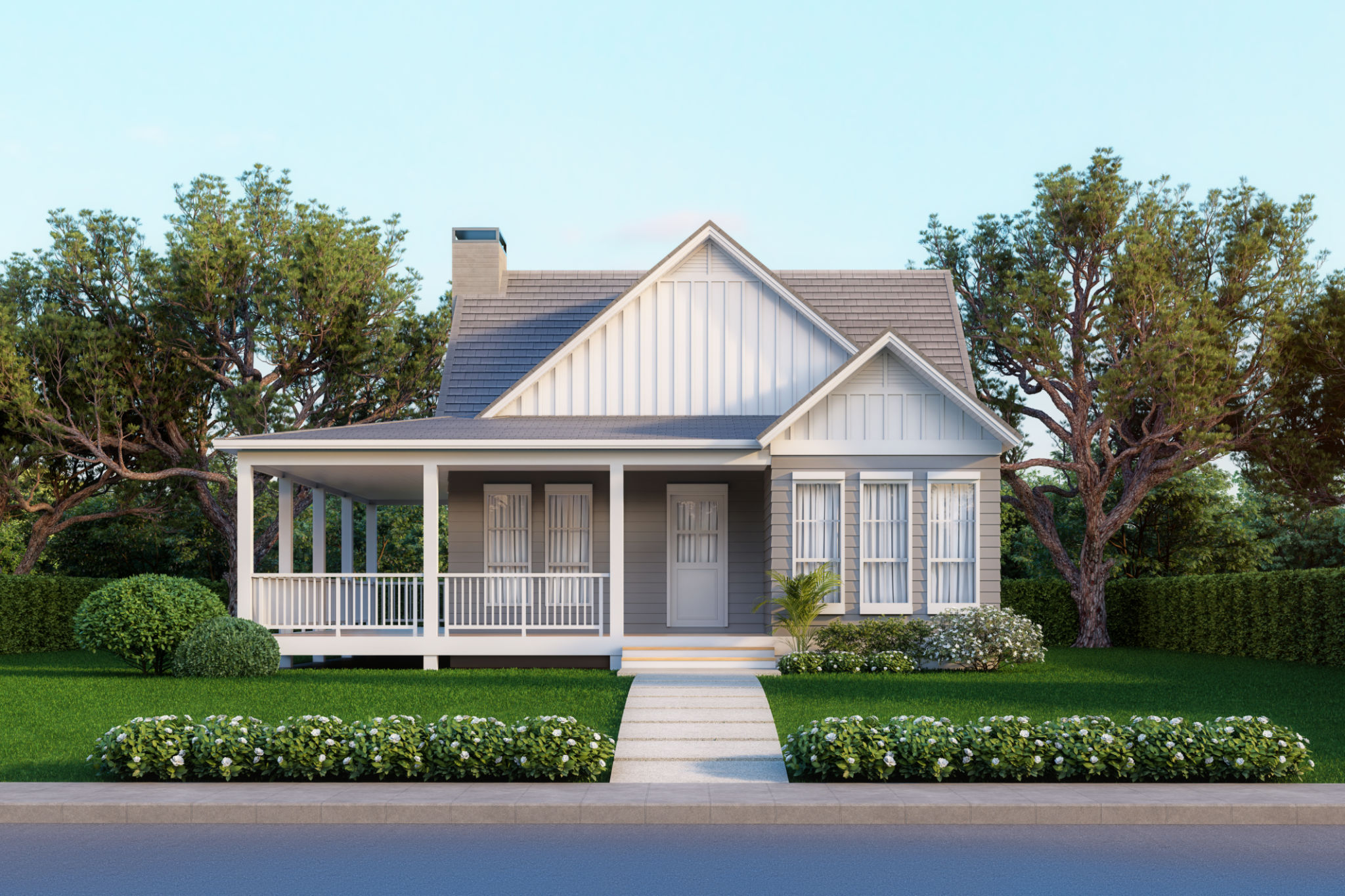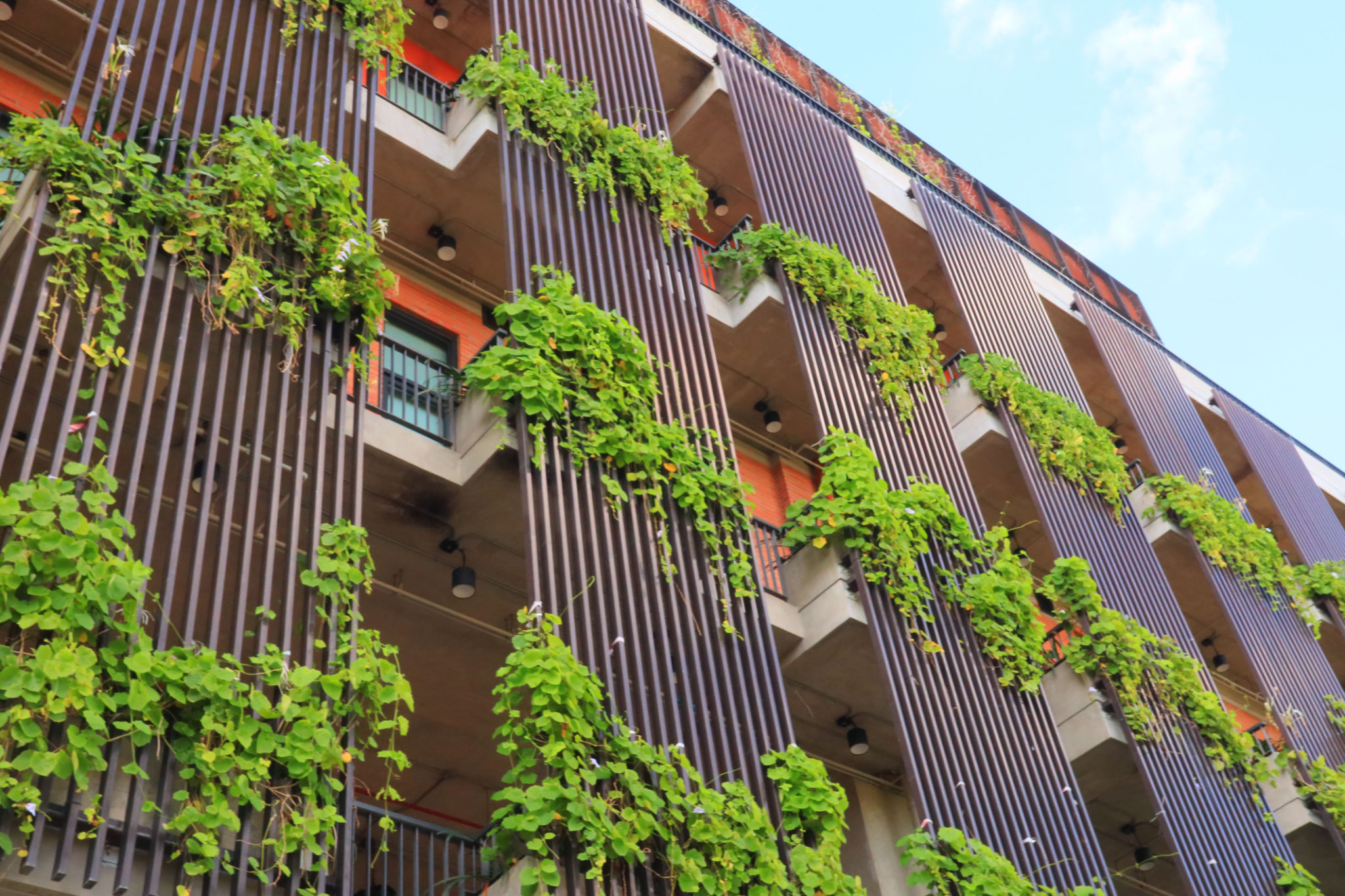Comparing Traditional vs. Sustainable Construction: What Are the Benefits?
Introduction to Construction Methods
In recent years, the construction industry has seen a shift in focus from traditional methods to more sustainable practices. This change is driven by the growing awareness of environmental issues and the need for eco-friendly solutions. Understanding the differences between traditional and sustainable construction can help stakeholders make informed decisions about their projects.

Traditional Construction Practices
Traditional construction primarily relies on conventional materials such as concrete, steel, and wood. These materials are chosen for their durability and availability, but they often come at a cost to the environment. The production and transportation of these materials contribute significantly to carbon emissions.
Moreover, traditional construction methods often generate a substantial amount of waste. Projects usually have a higher energy consumption rate due to less efficient building techniques and technologies. This approach can lead to increased operational costs over time.
Benefits of Traditional Construction
Despite its environmental drawbacks, traditional construction has several advantages. It is a well-established method with a long history of use, providing familiarity and reliability. The materials used are often readily available and can be sourced locally, which can help reduce transportation costs.

Sustainable Construction Practices
Sustainable construction aims to minimize environmental impact by using eco-friendly materials and methods. This approach emphasizes energy efficiency, waste reduction, and the use of renewable resources. Sustainable practices include using recycled materials, implementing energy-saving technologies, and designing buildings that harmonize with their natural surroundings.
One significant aspect of sustainable construction is the emphasis on reducing the carbon footprint of a project. This is achieved through techniques such as using solar panels, green roofs, and energy-efficient insulation. These measures not only benefit the environment but also result in long-term cost savings for building owners.
Benefits of Sustainable Construction
The primary benefit of sustainable construction is its positive impact on the environment. By reducing waste and emissions, these practices contribute to a healthier planet. Additionally, sustainable buildings often provide better indoor air quality and natural lighting, enhancing the well-being of occupants.

Comparing Costs and Savings
One of the main considerations when choosing between traditional and sustainable construction is cost. While sustainable materials and technologies can be more expensive initially, they often lead to lower operational costs in the long run. Energy savings, reduced maintenance costs, and potential tax incentives can offset the initial investment over time.
For instance, energy-efficient systems can significantly reduce utility bills, while sustainable design features can increase a property's value and attractiveness to environmentally conscious buyers or tenants.
Conclusion: Making an Informed Choice
Ultimately, the decision between traditional and sustainable construction depends on various factors, including budget, project goals, and environmental considerations. While traditional methods may be more familiar and initially cost-effective, sustainable construction offers long-term benefits that extend beyond financial savings.
By carefully weighing these factors and considering the future impact of their choices, stakeholders can contribute to a more sustainable future while still meeting their immediate construction needs.
